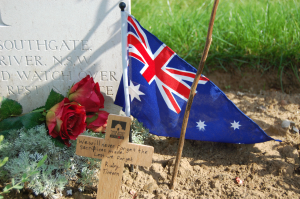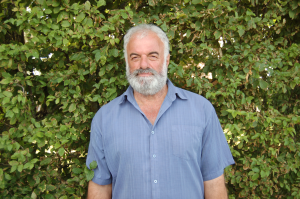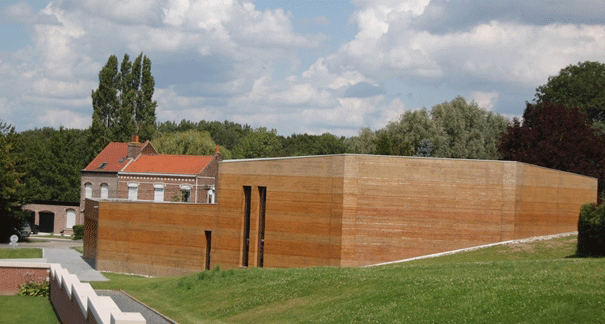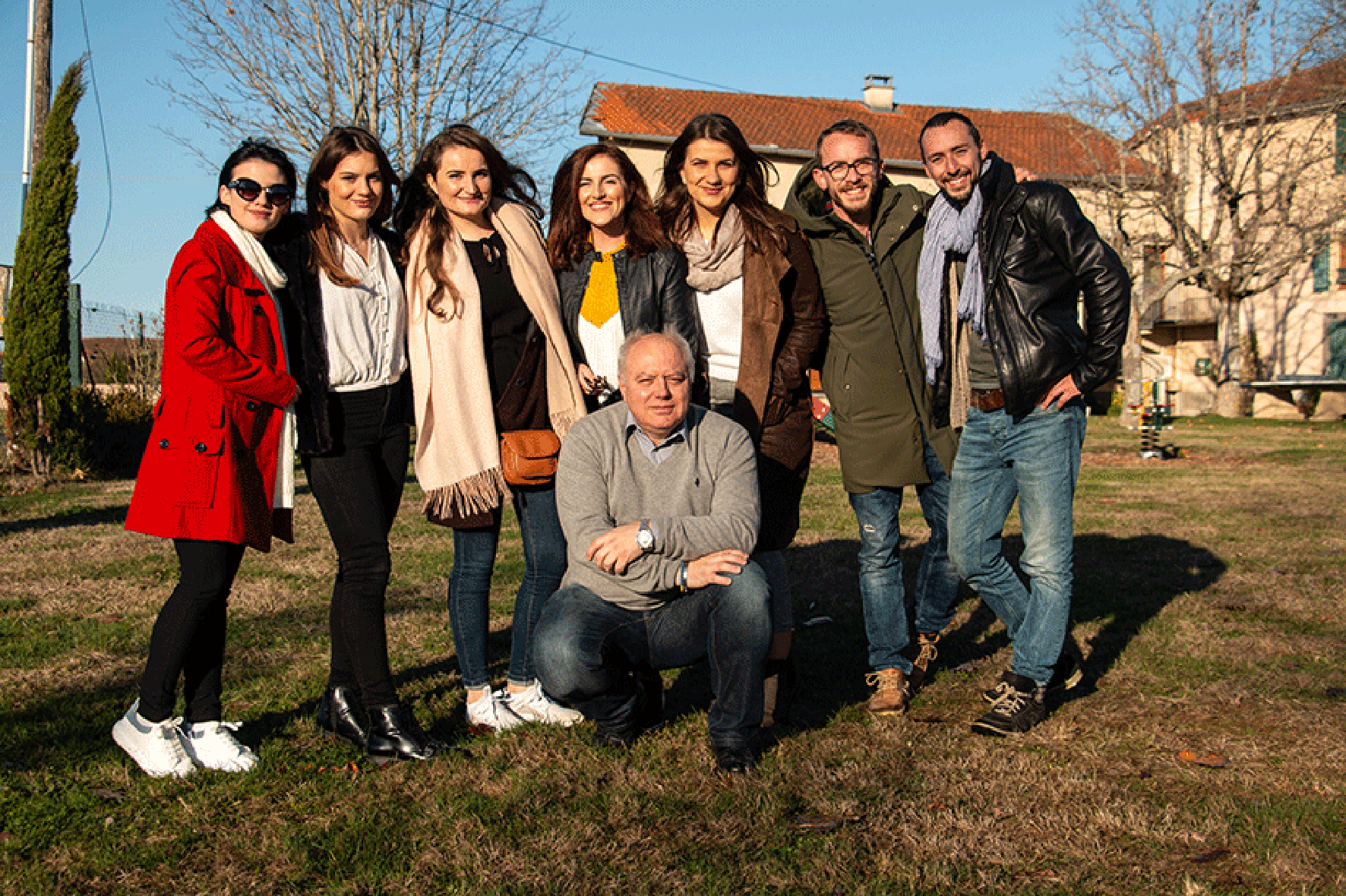Fromelles: “An absolute disaster on every level”
During World War One the Australian nation suffered their bloodiest night in history
5.533 Australian casualties within only 24hours – that was the sad result of the battle of Fromelles. The battle took place in the north of France on the 19th of July in 1916 in World War One (WW 1). Under British Command the 5th Division of Australian Army fought against the German troops. Their aim: to seize a 400yard stretch of the German front line around a position known as the “Sugarloaf”. But the battle of Fromelles ended in “an absolute disaster on every level”, according to Lambis Englezos, an Australian amateur historian from Melbourne. The power and experience as well as the artillery of the German defense were significantly underestimated. Many Australian wives lost their beloved husband and sons. 26 pairs of brothers were killed as well as two pairs of father and son.

Cimetière australien de Fromelles. Crédit : Jana Kugoth
The first test for the Australian army
The Greek born Australian Lambis Englezos knows what he is talking about. Due to his perseverance, 98 years after the battle took place in Fromelles, the public is more aware of this Australian tragedy. Today the battle is referred to as one of the most important “nation building” events for Australia. It was the first test for the young Australian nation. All Australian soldiers fighting in WW1 were volunteers. “The Great War promised to be a great adventure for the young men and it was the only way to see other countries”, explains Englezos.

Lambis Englezos – historien australien de Melbourne. Crédit: Jana Kugoth
His passion about WW1 was born out of the respect he gained for the survivors of the war. After a visit to Fromelles in 2002, he could not forget what he had experienced abroad: About 1,335 Australian men were still missing by that time, their corps had neither been found nor identified. The Melbournian is convinced that it cannot be “a logistical or financial inconvenience” to set up the soldiers’ dignity again. Inspired by Robin Corfield’s book “Don’t forget me cobber”, Englezos started to search for an uncovered mass grave in the north of France, close to Fromelles. He succeeded the Australian Army History Unit in convincing to support his search. Finally, in 2009, about 250 mortal remains of Allied Soldiers could have been recovered. 144 Australian soldiers were already been identified and their number will hopefully increase.
From the former battlefield to a holiday destination
Today peace returned the former terrible battlefield to farmland. During that day at the beginning of August, the sun is shining on the former front line. Birds, bumbling bees and a traction engine are the only sounds one can hear. What used to be a heavily fought-over turned from a place of horror to a vacation destination.
Fromelles has become a popular tourist destination. Since a new museum called “Musée de la Bataille de Fromelles” opened in June this year, more and more Australian tourists as well as Europeans and Americans come to Fromelles to remember the victims of WW1. Sandra , an Australian tourist from Victoria, tells that she came to Fromelles “to remember what our fathers and grandfathers were fighting for.” “To be here makes me feel proud.”
With every Memorial and Museum a new peace of the puzzle of WW 1 is collected. 100 years after the war began Australians as well as Europeans try to set right what went wrong in history one century ago. “With the opening of the “Muséee de la Bataille de Fromelles” this summer, we wrote the last chapter of the history of Fromelles”, states Thomas Boucknooggue, the museum’s cultural mediator. After the first month the museum counted already about 3,000 visitors.

Mémorial de Fromelles – Nord (59). Crédit : Jana Kugoth
Jana Kugoth



